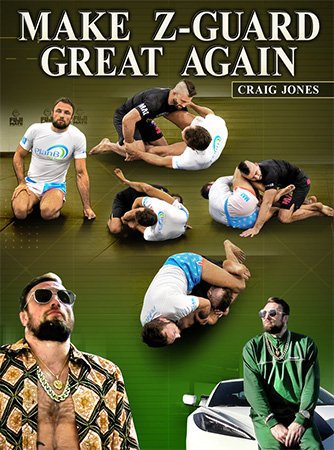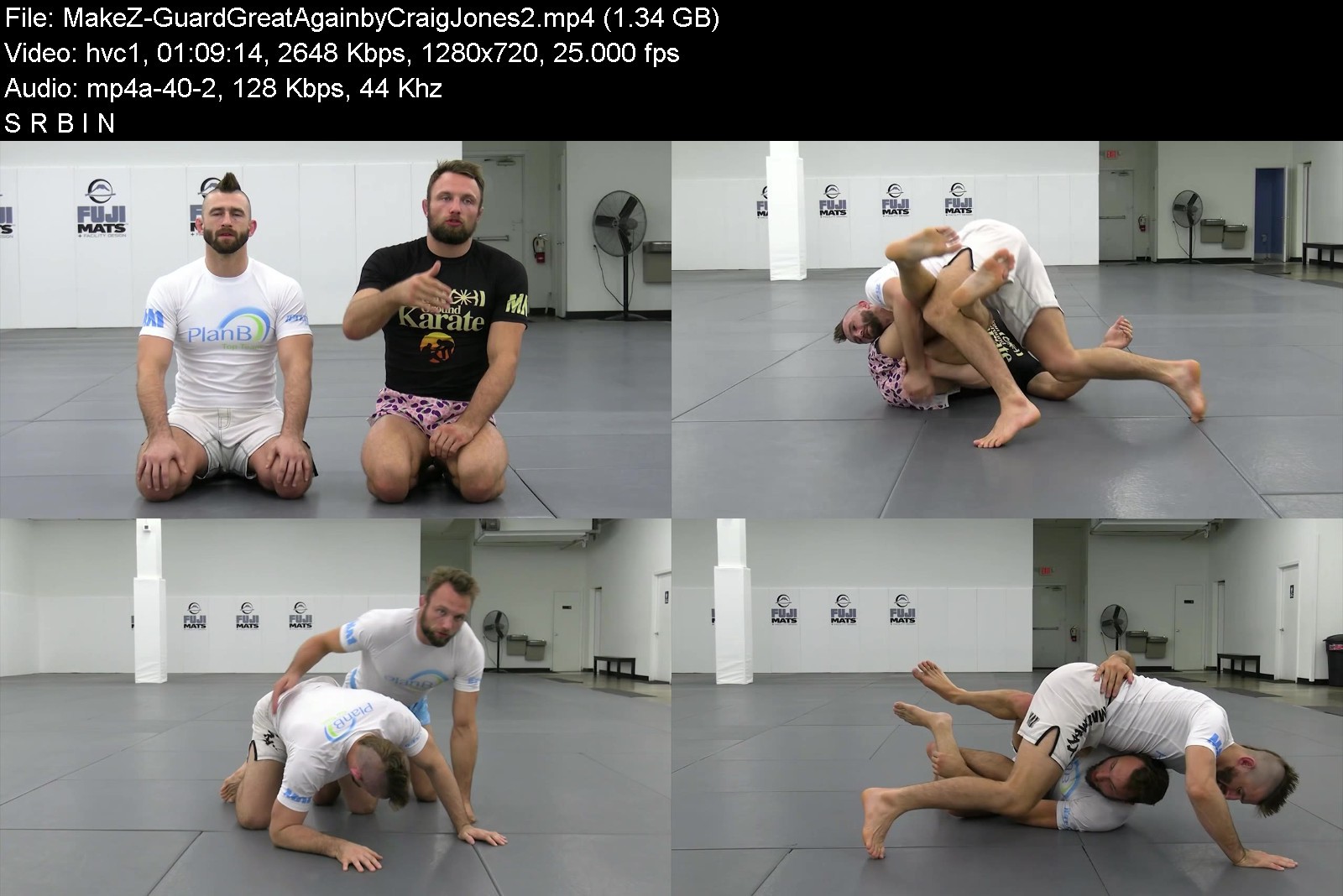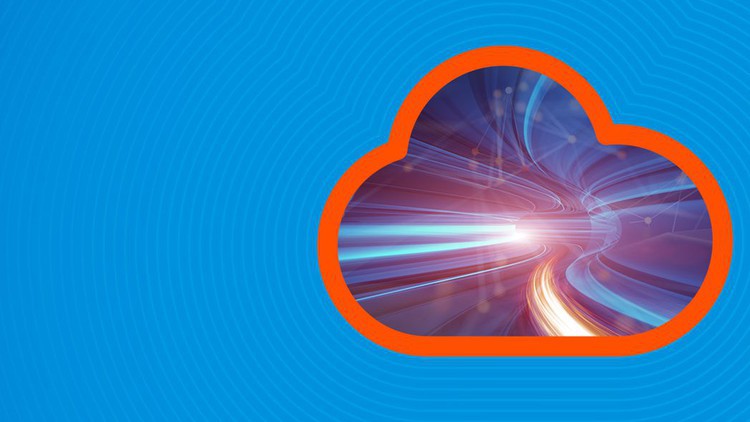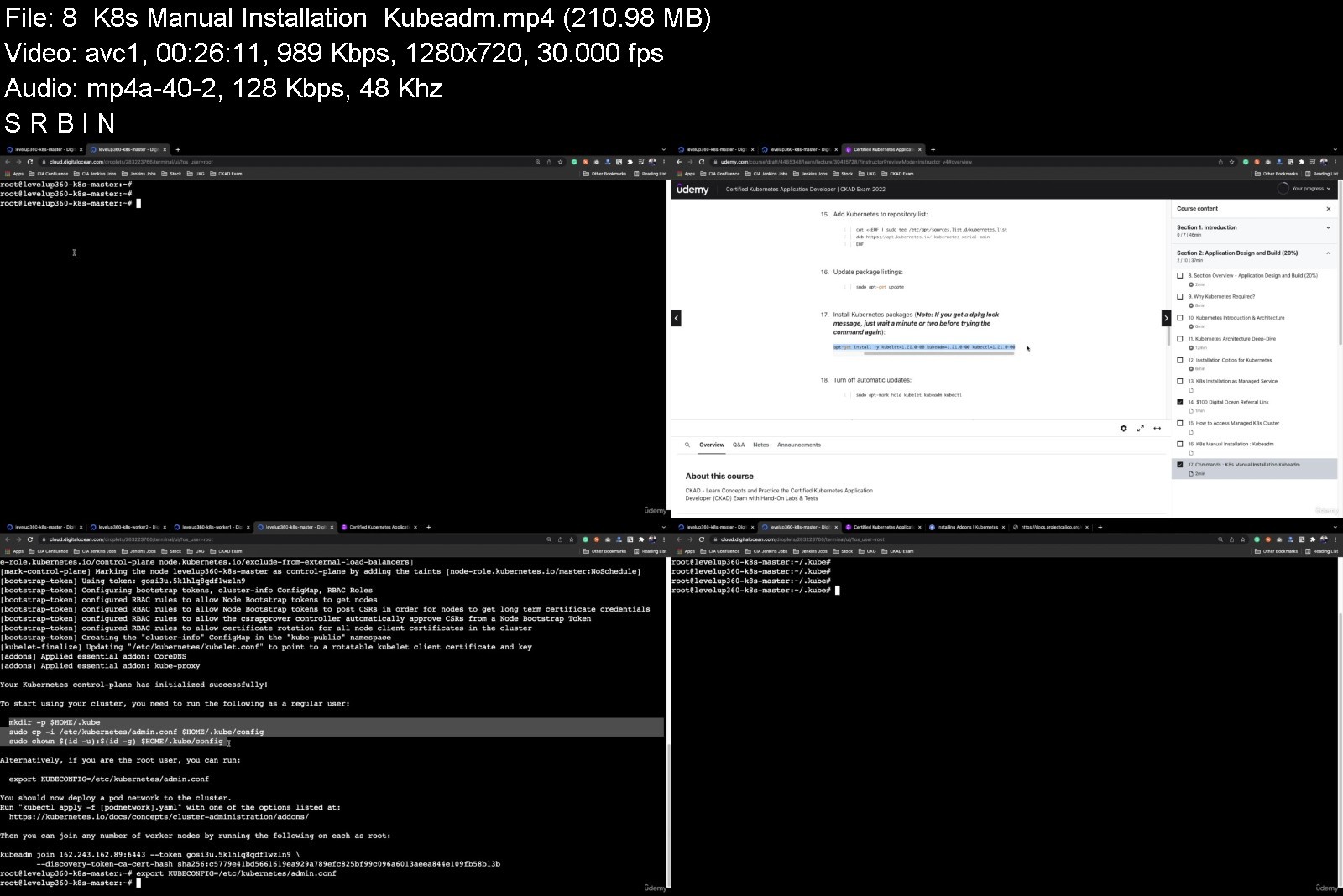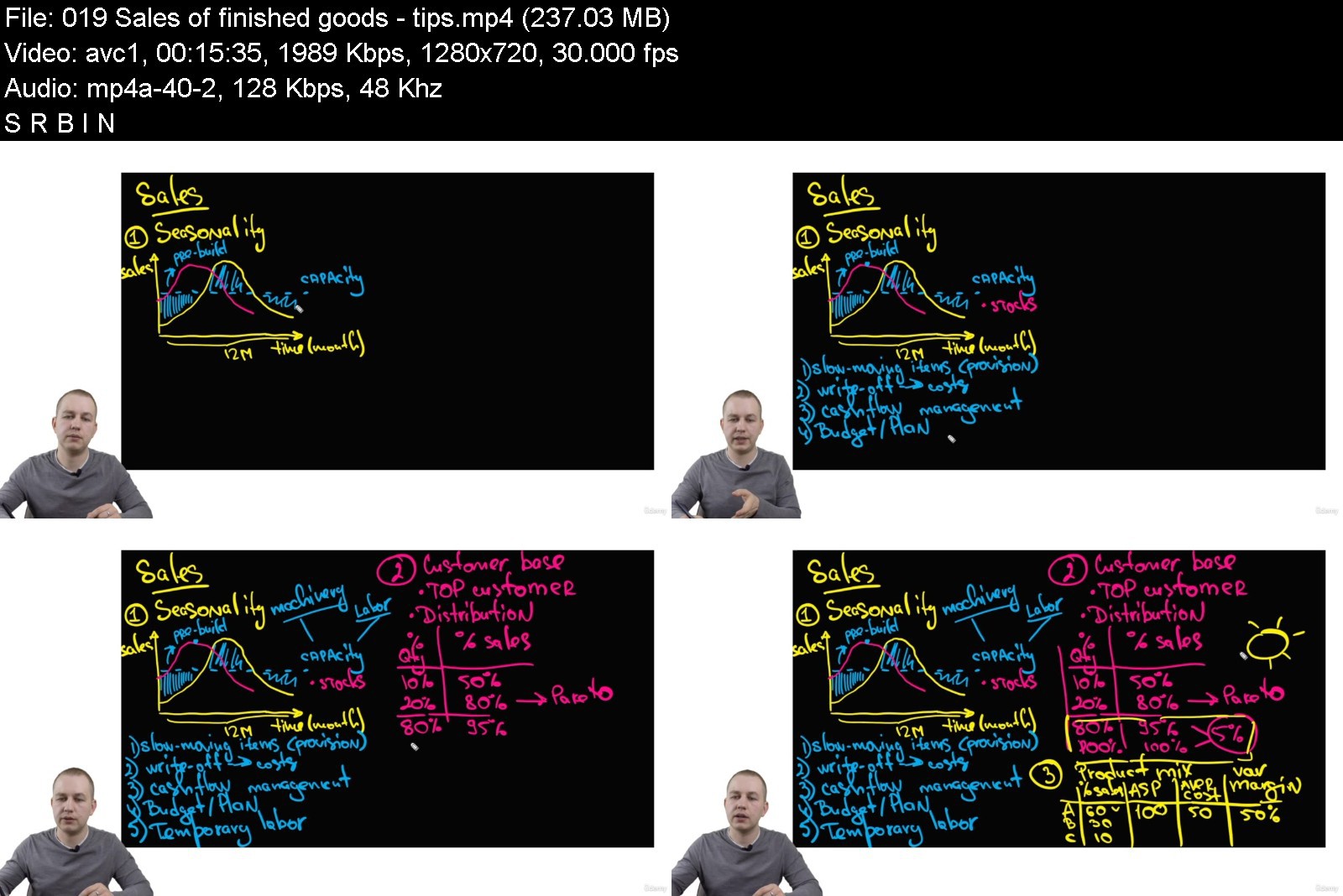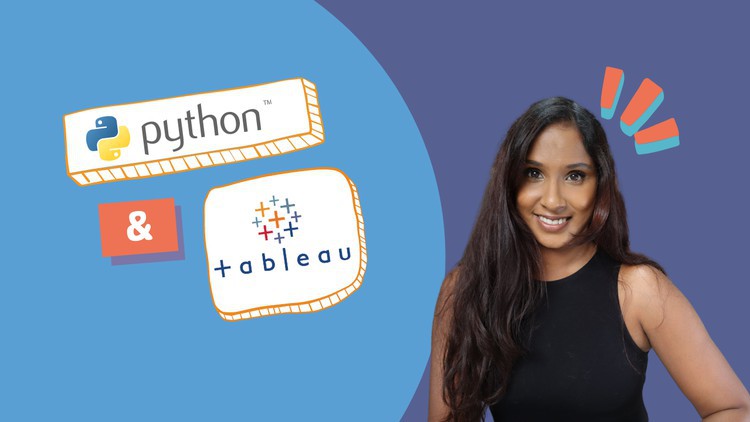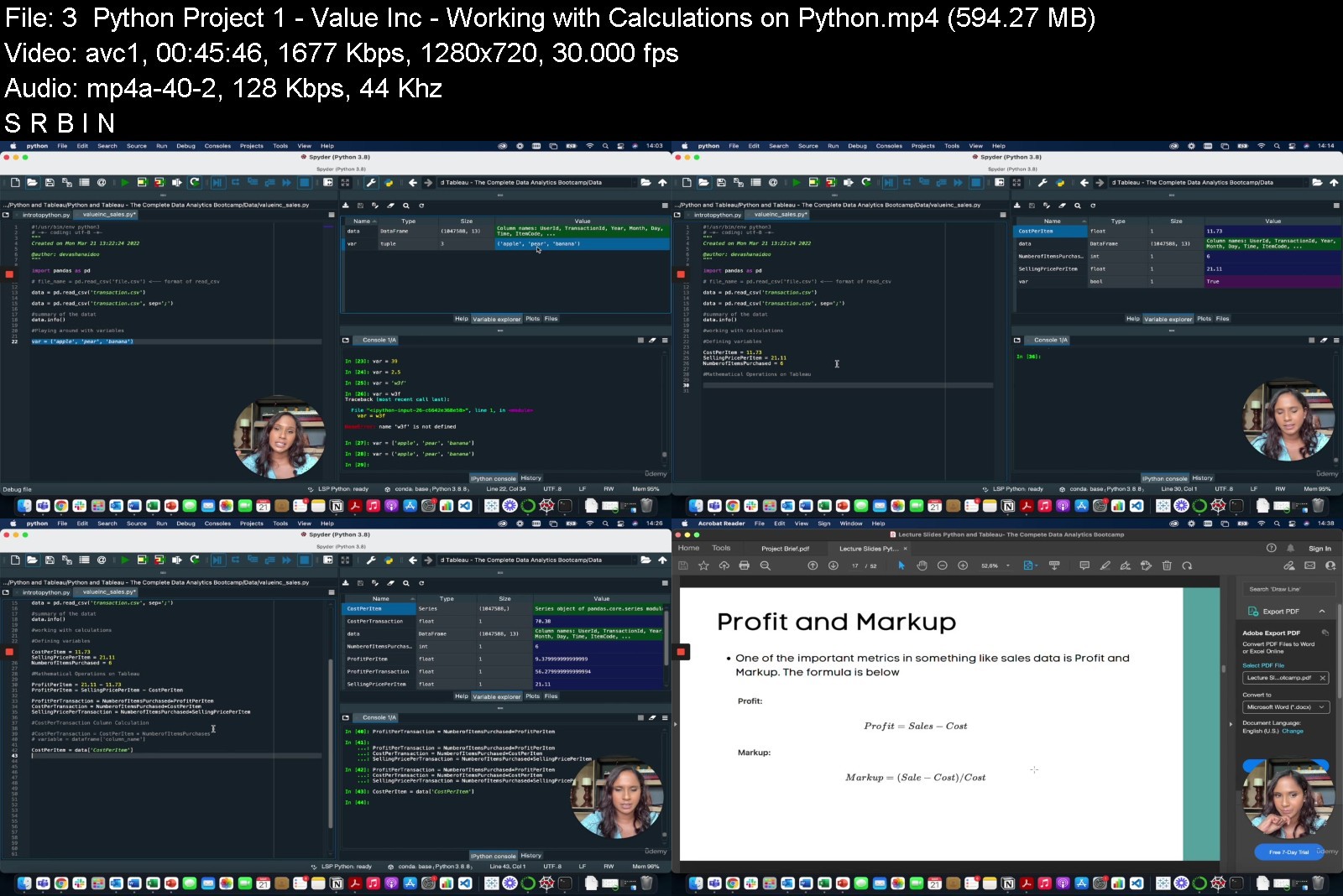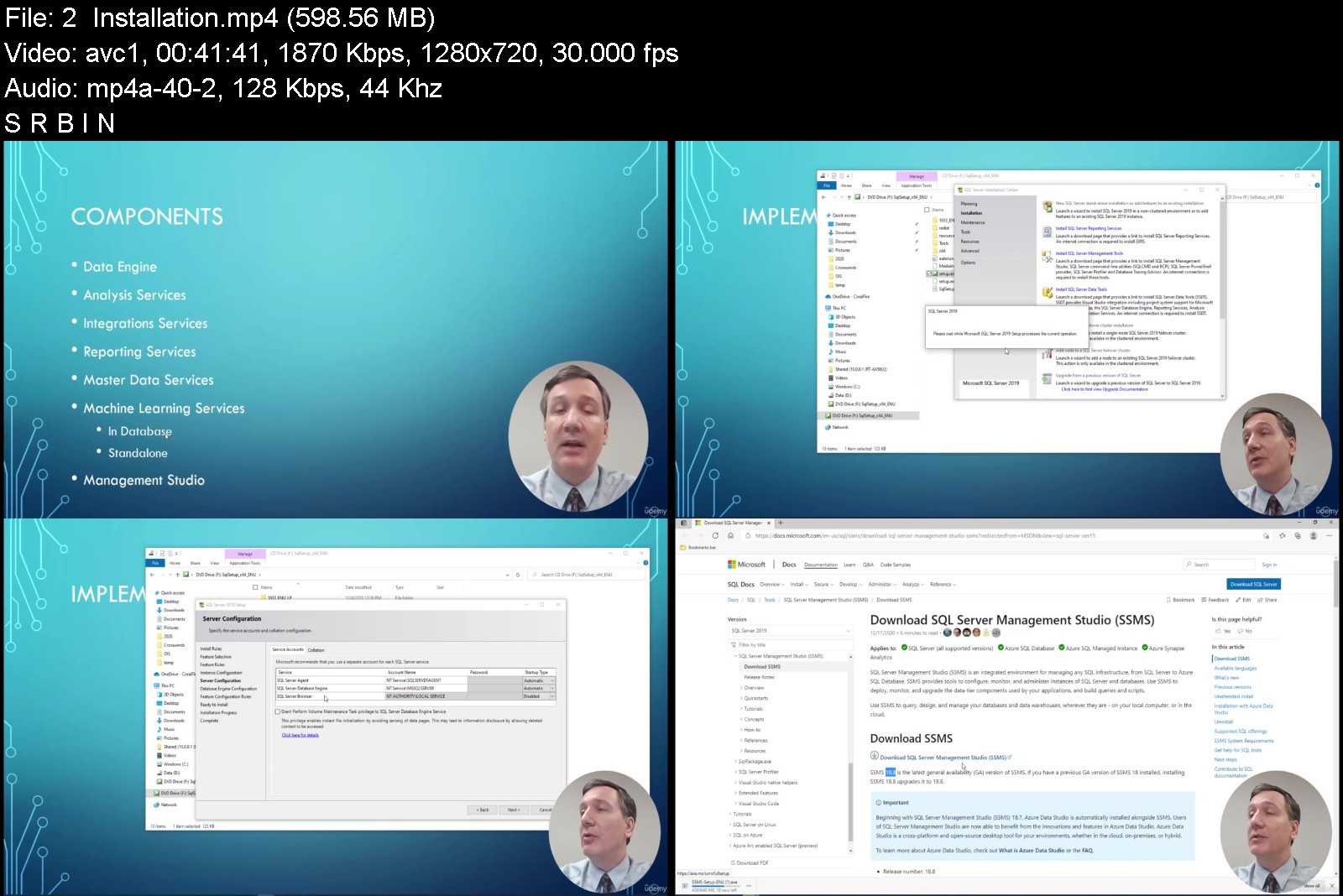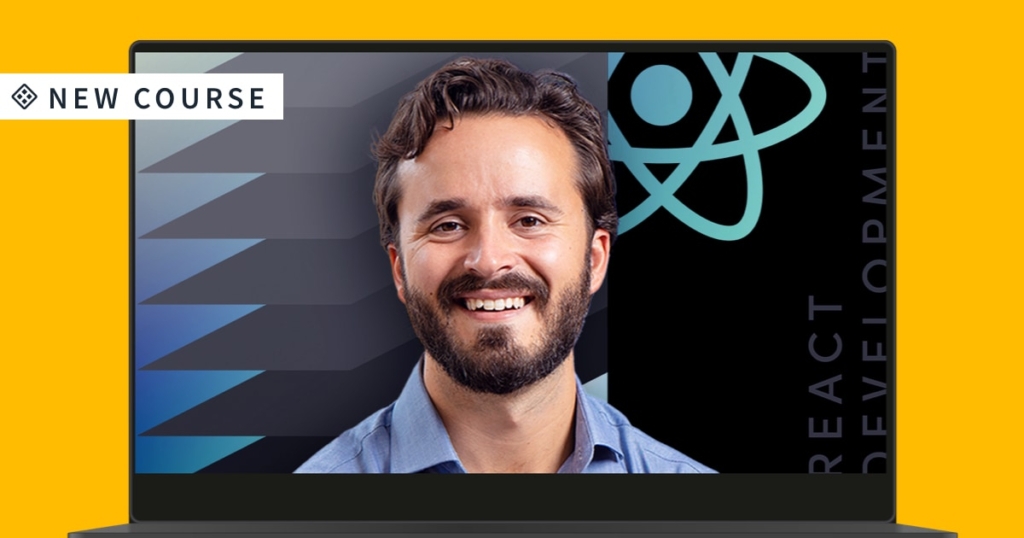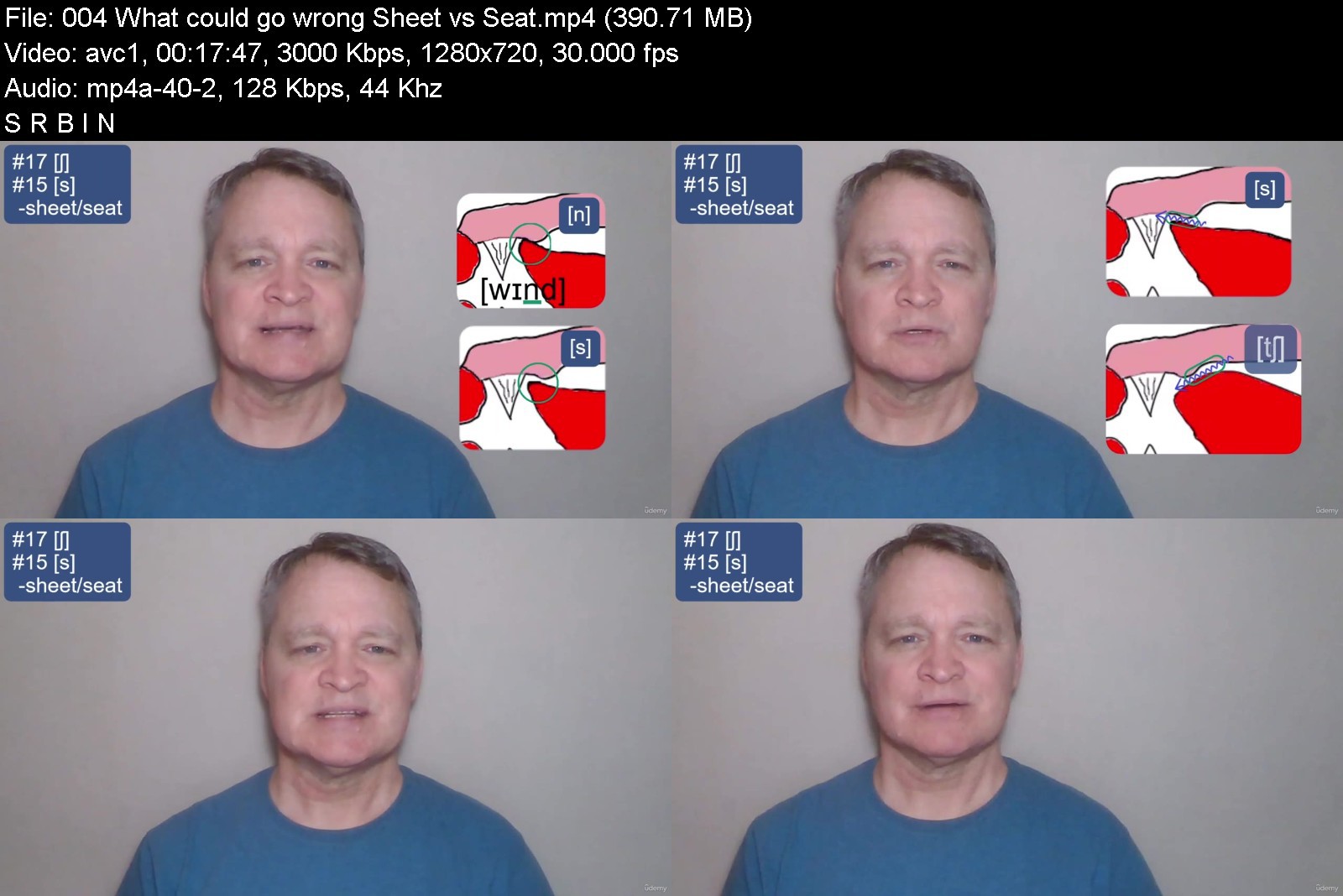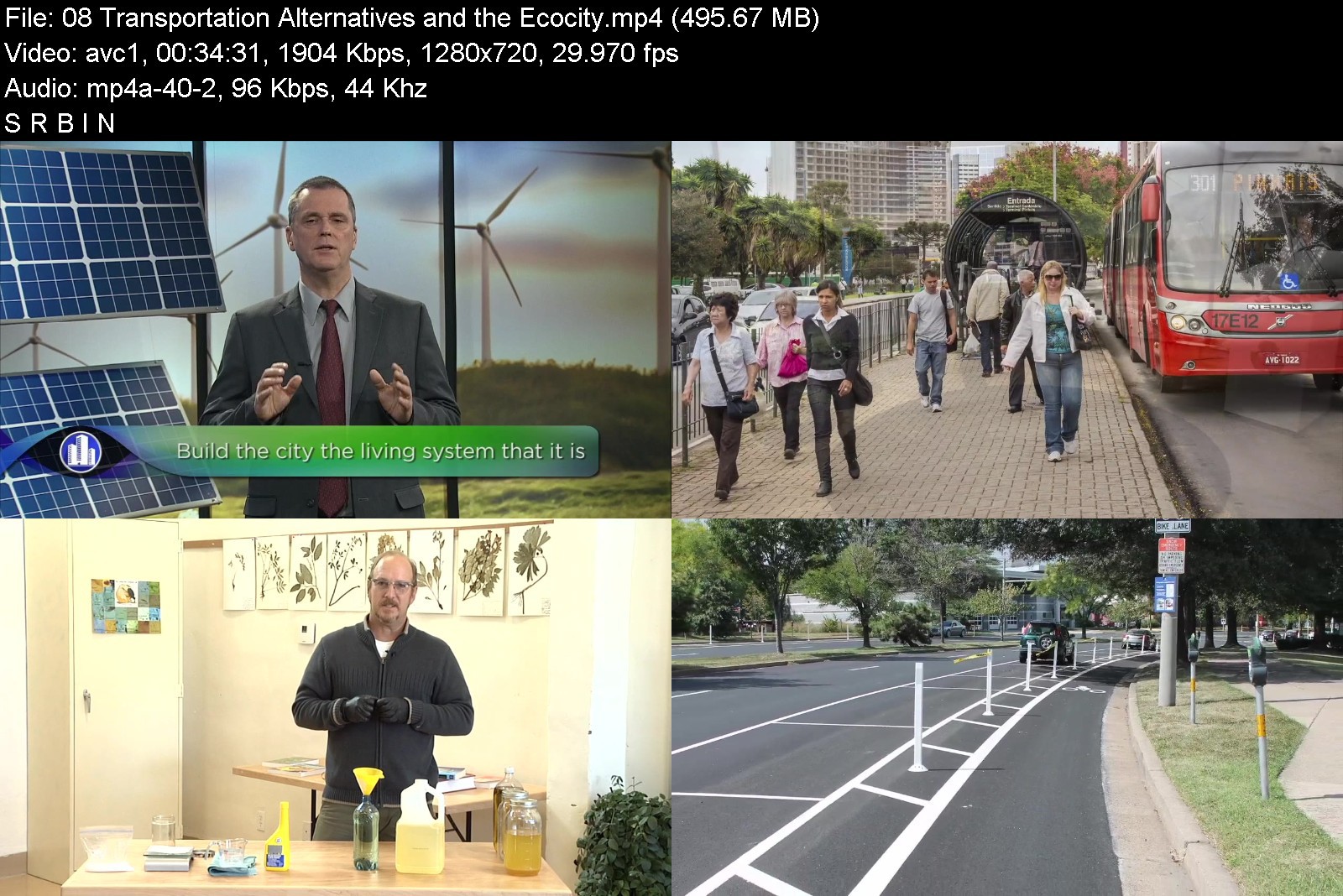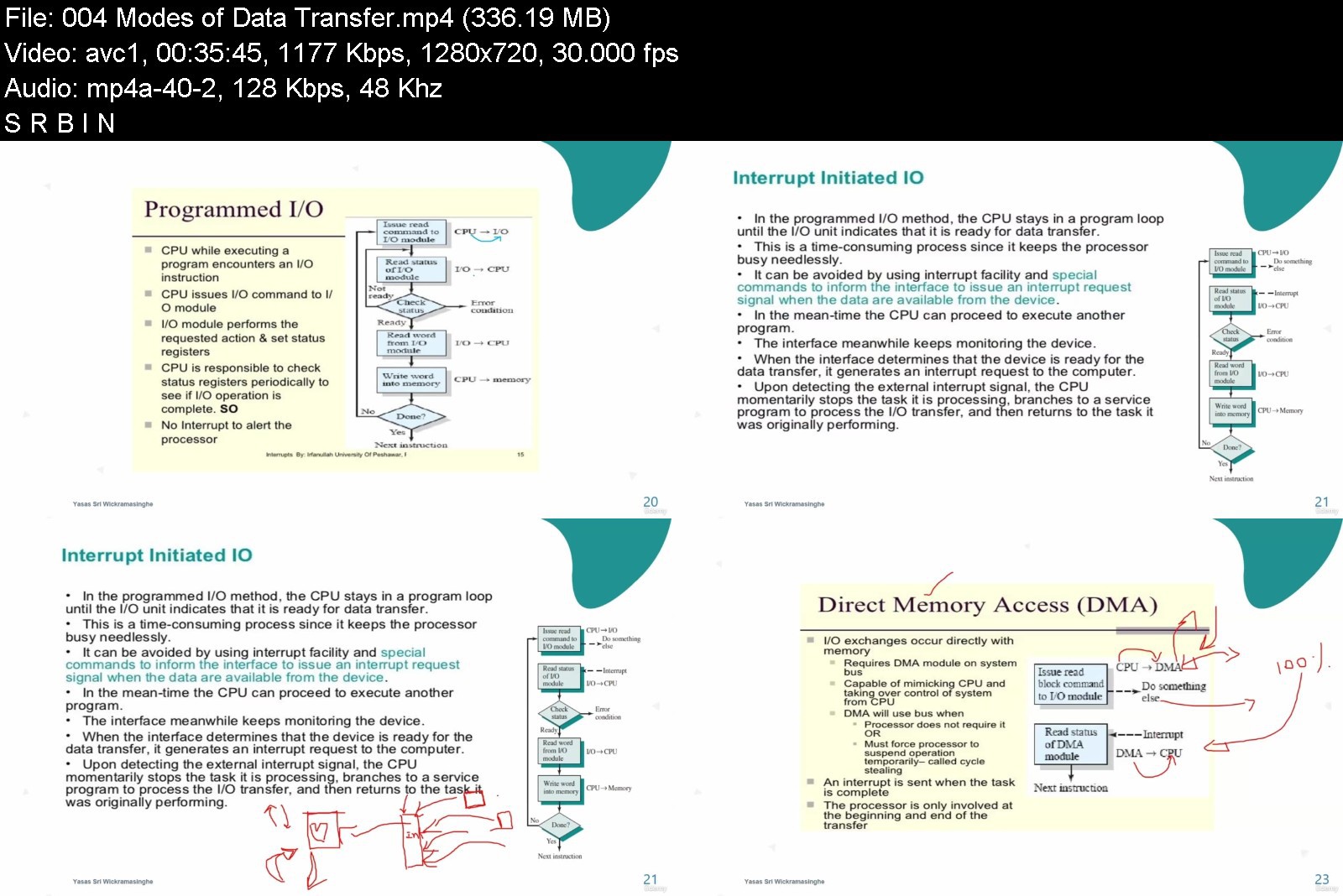Day trading & Scalping strategies in 2021 (5-Course Bundle)

Day trading & Scalping strategies in 2021 (5-Course Bundle)
MP4 | Video: h264, 1280x720 | Audio: AAC, 44.1 KHz, 2 Ch
Genre: eLearning | Language: English + srt | Duration: 42 lectures (7h 31m) | Size: 7 GB
Day trading&scalping strategies that I invented.Trade Forex&Stock market&Bitcoin.Only my students know these strategies
What you'll learn
Trading strategies that no one else knows except the students in the courses
Day trading & Scalping on multiple timeframes
Professional trading strategies with an EDGE
Clear criteria for entries, stop losses, exits
The incredible results the strategies are giving
The profits of the strategies
The win rate of the strategies
How to backtest them
Requirements
Previous experience in trading
Description
Hello,
My name is Bobby B and I am a full time trader. I am trading full time since 2017 and I have plenty of experience in this field.
With this bundle you will get 5 of my Day trading & Scalping courses.
The courses you will get are
Professional Day trading/Scalping strategy with MACD in 2021
Day trading / scalping PRO strategy with Moving averages
Day trading / scalping strategy with RSI and EMA's
Day trading strategies with Stochastic indicator and EMA's
2 Scalping/ Day trading strategies for Crypto/Forex/Stocks
You will get 7 complete strategies for Day trading and Scalping. Out of this 7 , 5 are invented by me. So no one else really have and trade this 5 strategies except of the students who are in this courses. This 5 strategies will give you an absolute EDGE in the markets because no one else have them + I invented them based on my understanding of how the market moves.
My class is for anyone! From beginners to advanced traders.
My requirement to you is to have at least basic understanding of trading with technical analysis.
Who this course is for
From beginners ( with at least basic understanding of trading with technical analysis) to advanced traders who wants to learn my strategy
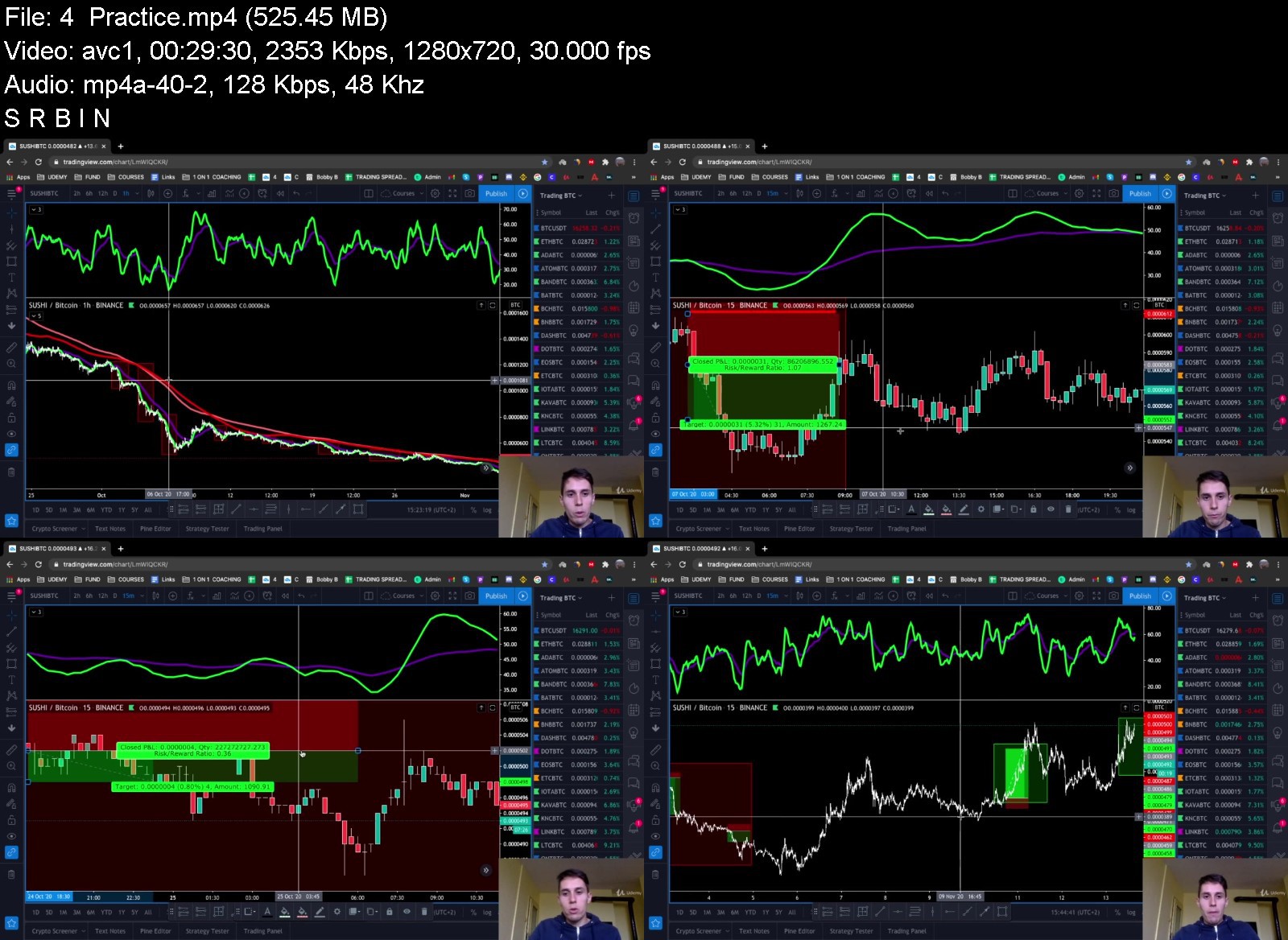
Download from RapidGator
Download from Keep2Share

Day trading & Scalping strategies in 2021 (5-Course Bundle)
MP4 | Video: h264, 1280x720 | Audio: AAC, 44.1 KHz, 2 Ch
Genre: eLearning | Language: English + srt | Duration: 42 lectures (7h 31m) | Size: 7 GB
Day trading&scalping strategies that I invented.Trade Forex&Stock market&Bitcoin.Only my students know these strategies
What you'll learn
Trading strategies that no one else knows except the students in the courses
Day trading & Scalping on multiple timeframes
Professional trading strategies with an EDGE
Clear criteria for entries, stop losses, exits
The incredible results the strategies are giving
The profits of the strategies
The win rate of the strategies
How to backtest them
Requirements
Previous experience in trading
Description
Hello,
My name is Bobby B and I am a full time trader. I am trading full time since 2017 and I have plenty of experience in this field.
With this bundle you will get 5 of my Day trading & Scalping courses.
The courses you will get are
Professional Day trading/Scalping strategy with MACD in 2021
Day trading / scalping PRO strategy with Moving averages
Day trading / scalping strategy with RSI and EMA's
Day trading strategies with Stochastic indicator and EMA's
2 Scalping/ Day trading strategies for Crypto/Forex/Stocks
You will get 7 complete strategies for Day trading and Scalping. Out of this 7 , 5 are invented by me. So no one else really have and trade this 5 strategies except of the students who are in this courses. This 5 strategies will give you an absolute EDGE in the markets because no one else have them + I invented them based on my understanding of how the market moves.
My class is for anyone! From beginners to advanced traders.
My requirement to you is to have at least basic understanding of trading with technical analysis.
Who this course is for
From beginners ( with at least basic understanding of trading with technical analysis) to advanced traders who wants to learn my strategy

Download from RapidGator
Download from Keep2Share







